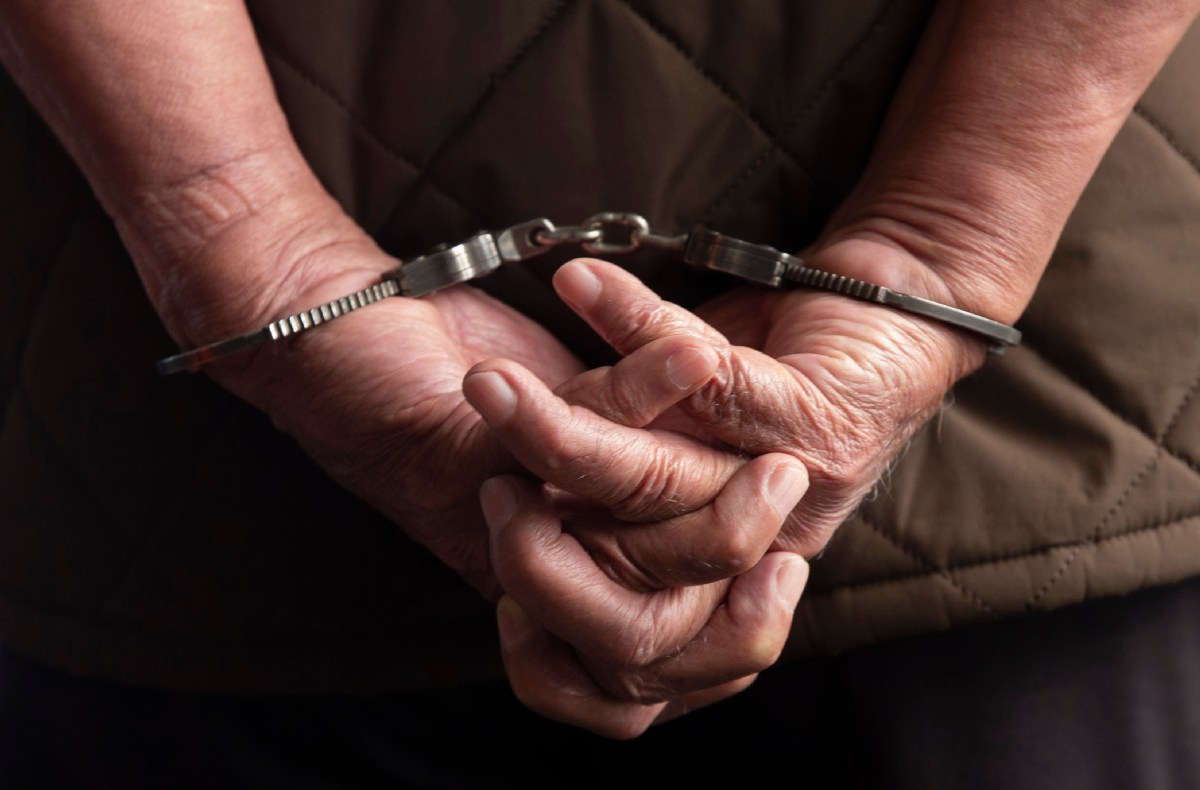Shocking Revelations: Accused Rapist Identified Through Troubling Photo Incident
A recent court hearing exposed explosive new details in the sex trafficking case of Long Island teen Emmarae Gervasi, as prosecutors revealed how suggestive photographs led to the identification of an alleged rapist. The defense attorney argued that a photo mishap compromised the investigation, raising serious questions about evidence handling in the high-profile case that has gripped New York since 2022.
How the Photo Evidence Came to Light
During the June 12 evidentiary hearing at Nassau County Court, prosecutors demonstrated how digital forensics experts traced metadata from explicit photos found on the defendant’s phone. These images allegedly showed the accused, 34-year-old construction worker Marcus Delaney, with the then-17-year-old Gervasi at a Queens motel known for prostitution activity.
Key findings from the hearing:
- Photos were timestamped during Gervasi’s 72-hour disappearance in October 2022
- Facial recognition software matched distinctive tattoos visible in the images
- GPS data placed the phone at the motel during the alleged assault
“Digital evidence doesn’t lie,” asserted prosecutor Angela Whitmore. “The metadata trail creates an incontrovertible timeline that places the defendant with the victim during the critical hours.”
Defense Challenges Evidence Integrity
Delaney’s attorney, Robert Feinstein, countered that the photos were improperly handled by investigators. He claimed suggestive images were accidentally sent to a paralegal’s personal device during discovery—an error he argues taints the entire evidence chain.
“This wasn’t just a technical glitch—it’s a fundamental breach of protocol that calls every piece of digital evidence into question,” Feinstein told reporters outside the courthouse. “When you’re dealing with such inflammatory material, proper handling is paramount.”
Legal experts note such challenges are becoming increasingly common in cases involving digital evidence. A 2023 study by the National Institute of Justice found that 42% of sex crime prosecutions now face evidentiary challenges related to digital media handling.
The Human Cost Behind the Legal Battle
Emmarae Gervasi’s case first made headlines when the honor student vanished after volleyball practice at her Hicksville high school. Her family reported finding disturbing messages from an unknown number before her disappearance. When she reappeared three days later, authorities suspected sex trafficking based on her physical condition and statements.
The investigation uncovered:
- Multiple fake social media accounts targeting local teens
- Cryptocurrency payments linked to suspected traffickers
- A network of motels used for illegal activities across three boroughs
“This isn’t just about one predator,” said Sarah Chen of the Coalition Against Trafficking in Women. “Each case like this reveals the infrastructure that enables exploitation. For every victim who comes forward, we estimate there are 5-10 who never report.”
Broader Implications for Sex Crime Prosecutions
The photo evidence controversy highlights growing tensions between digital privacy rights and law enforcement needs. While prosecutors emphasize the value of metadata in solving crimes, civil liberties groups warn about overreach.
Recent developments in similar cases:
- 2023 Maryland ruling limiting geofence warrants in sex crime investigations
- New York’s 2024 Digital Evidence Preservation Act setting handling standards
- FBI reports showing 67% increase in digital evidence submissions since 2020
Cyberlaw expert Dr. Alan Petrovski notes: “We’re seeing courts struggle to balance probative value against privacy concerns. A photo that seems damning might be excluded if the collection process violated Fourth Amendment protections.”
What Comes Next in the Case
Judge Eleanor Ramos has ordered an independent audit of the photo evidence handling before ruling on the defense’s motion to suppress. The decision could make or break the prosecution’s case against Delaney, who faces 15 felony counts including rape, sex trafficking, and unlawful imprisonment.
Meanwhile, advocates continue pushing for stronger protections:
- Expanded victim services funding in the state budget
- Mandatory training for officers handling digital evidence
- Tighter regulations on third-party data brokers
As the legal battle continues, Gervasi’s family has started a foundation to support trafficking survivors. “We want Emmarae’s nightmare to prevent others from suffering,” her mother told reporters. “No family should endure what we have.”
For readers: To learn about recognizing trafficking red flags or supporting victims, visit the National Human Trafficking Hotline website or call their 24/7 confidential line at 1-888-373-7888.
See more Update My News



